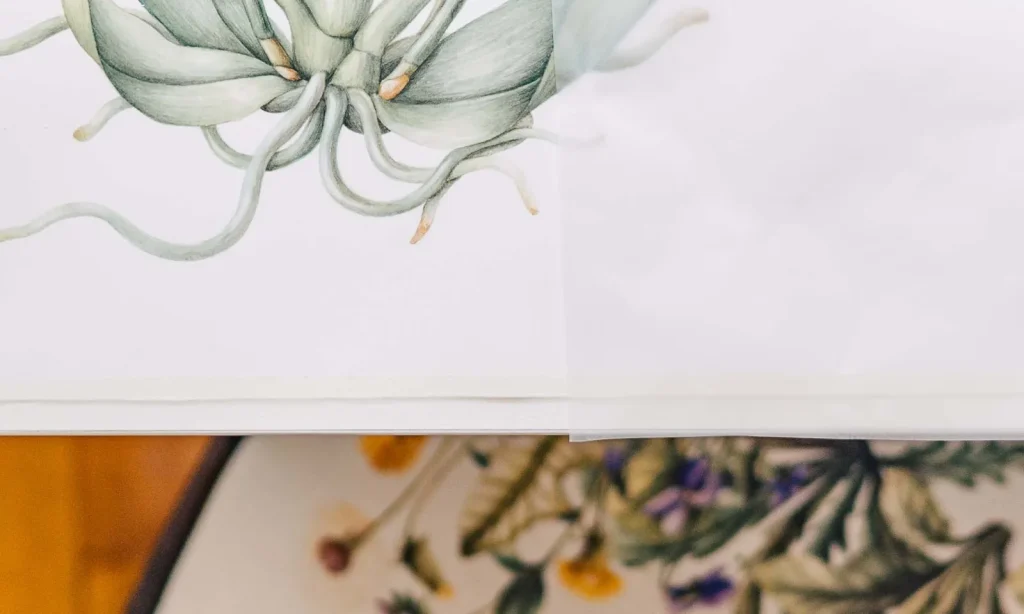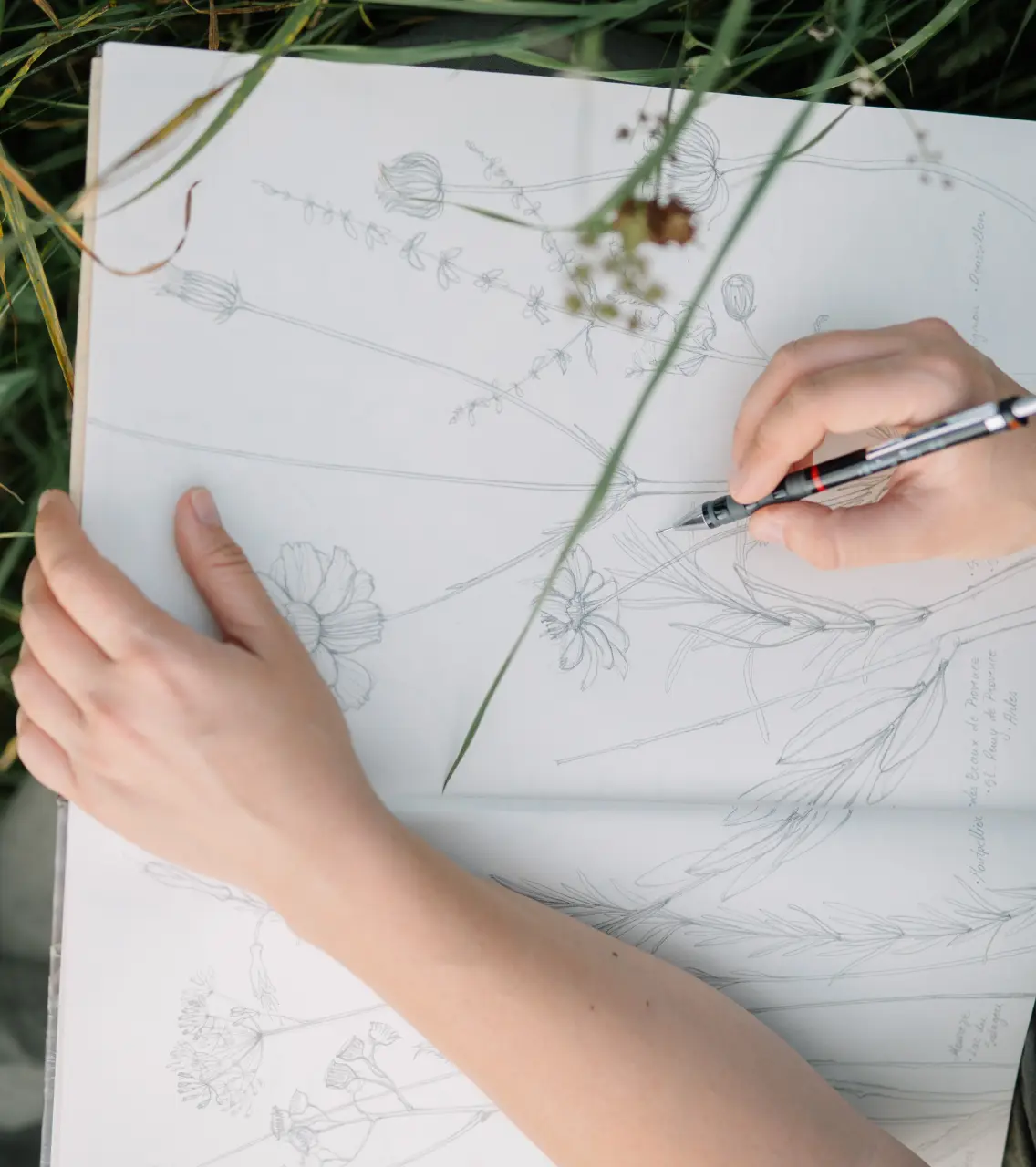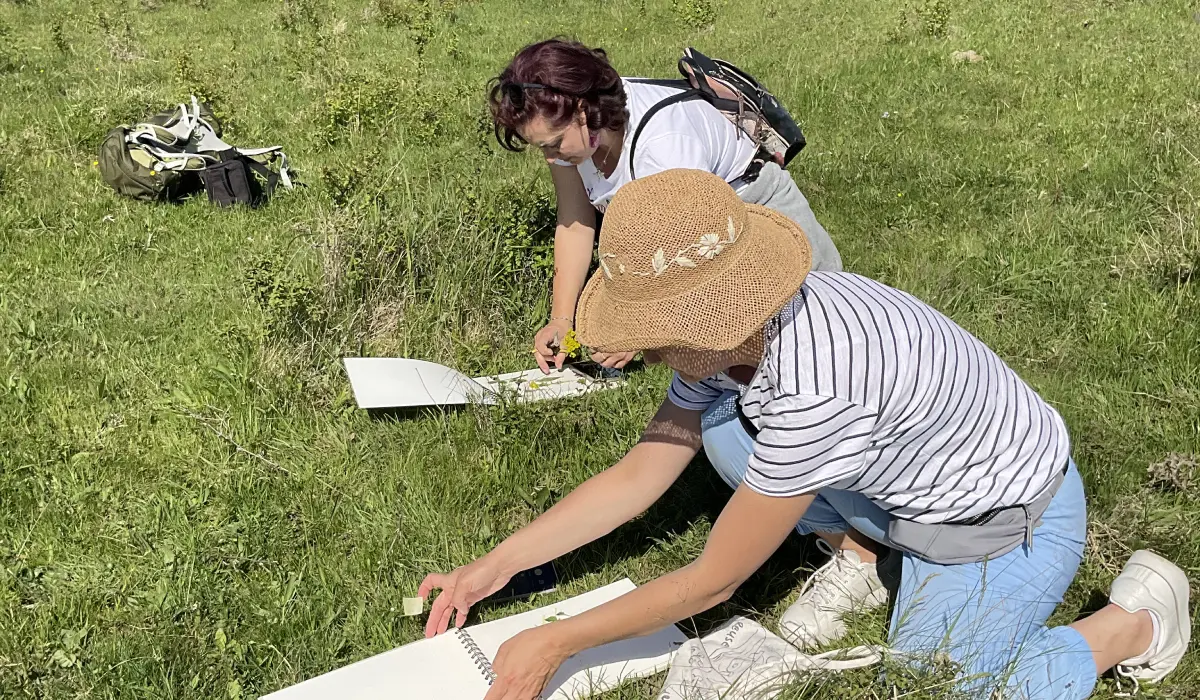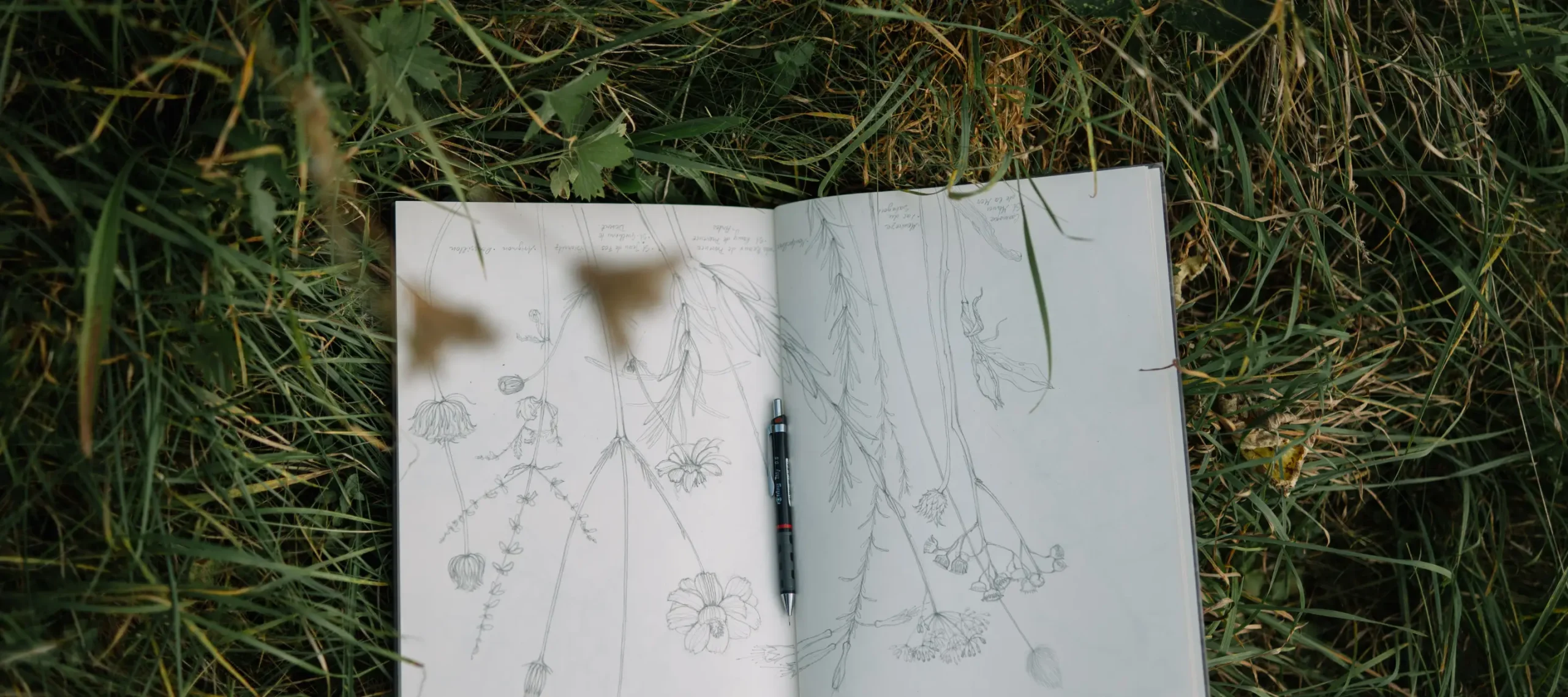The Artistic Approach to Botanical Landscaping
Botanical landscaping draws inspiration from traditional art forms. As landscape architect Craig Reynolds notes, designing a garden is akin to molding clay or painting a landscape: “Garden design is my clay… Every piece of land has a fingerprint, by which I mean proportion, scale, circulation. You just have to find it”.
The process involves using native plants as a foundational framework, then layering in showier, tropical-looking species for vibrant color and visual interest. This approach ensures gardens are both sculptural and environmentally resilient.
Key Elements of Artistic Garden Design
Massing and Proportion: Grouping plants in large masses creates visual unity and impact. Using five or more of the same species in a section helps achieve a cohesive, textural look. Massing also simplifies maintenance and creates bold pops of color.
Layering: Both vertical and horizontal layers add depth and complexity. Vertical layers transition from low groundcovers to mid-height perennials and shrubs, up to tall trees and large shrubs in the background. Horizontal layers interlock and overlap, connecting plant masses for a seamless flow.
Focal Points and Views: Emphasizing long views with straight paths and dramatic focal points (such as a unique plant or sculpture) can make even small gardens feel expansive and intentional.
Nature as the Ultimate Muse
Many artists and gardeners find their greatest inspiration in nature itself. Botanical watercolor painter Lori Roberts describes her garden as a sanctuary and a source of creativity: “Being an artist, I often get asked which of the ‘masters’ I look up to… To me it’s definitely Nature! She’s the ultimate artist and I see proof of it every time I put on my wellies and step outside the door”.

Blending Art and Ecology
Using native plants not only supports local ecosystems but also ensures the garden’s long-term health and resilience. Layering native species with more ornamental plants can achieve both environmental and aesthetic goals.
Botanical landscaping can also be a form of environmental storytelling, as seen in projects that highlight the relationships between people and plants, or evoke the folklore and history of specific species.
Bringing Botanical Art Indoors
Botanical art isn’t limited to the garden. Paintings, drawings, and photographs of plants can bring the beauty of nature inside, adding color and life to any space. These artworks often focus on the intricate details of leaves, flowers, and stems, celebrating the elegance of the natural world.
Conclusion
Botanical landscaping is where horticulture meets artistry. By treating gardens as living works of art—through massing, layering, and thoughtful plant selection—anyone can create an outdoor space that is both beautiful and meaningful. Whether you have a sprawling garden or a collection of pots on a balcony, embracing the principles of botanical art will help you craft a landscape that inspires and delights.



